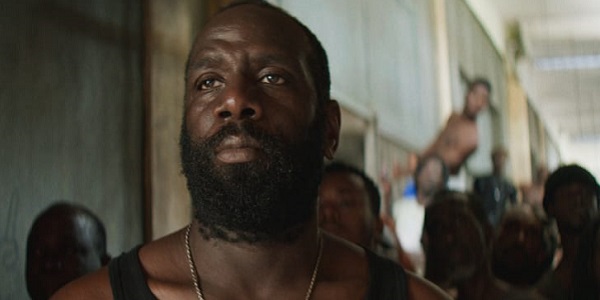Review: Wes Anderson Tome Tries Too Hard to Mimic the Man Himself
The moment I realized Wes Anderson had become a major figure in American film was when I met a partygoer in 2005 who told me “Rushmore” (1998) was his favorite film.
It wasn’t what he said but how he said it:
I listened to this early-twenty-something man share, with tears in his eyes, how Bill Murray’s Herman Blume explaining to Jason Schwartzman’s Max Fischer how he much he loves Miss Rose by stating four words (“She’s my Rushmore, Max”), is the greatest moment from any movie.
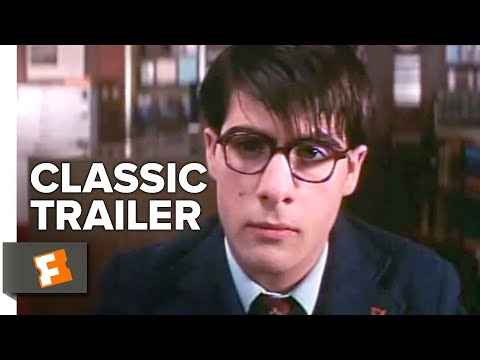
This conversation took place years before Anderson masterpieces like “The Life Aquatic With Steve Zissou” (2004) and “Fantastic Mr. Fox” (2009).
Clearly, Anderson was becoming a part of the zeitgeist, a filmmaker with a quirky but profound place in world cinema.
Ian Nathan’s book, “Wes Anderson: The Iconic Filmmaker and His Work,” was written for fans like the one I met at that party. It’s a colorful, engaging tribute to Anderson’s output from 1996-2020. This “unofficial and unauthorized” book, out by White Lion Publishing, is 176 pages with 150 illustrations, and presented in a lovely slipcase.
Nathan, a former executive editor at Empire Magazine and prolific author of books on cinema, provides a chronicle of Anderson’s life, as told through the making of each of his films.
The topics given emphasis by Nathan are worthwhile. He notes the flawed parental figures, autobiographical touches and a few directorial inspirations within Anderson’s films. The author even addresses the parodies, like a notable “Saturday Night Live” skit lampooning the look and feel of Anderson’s work.
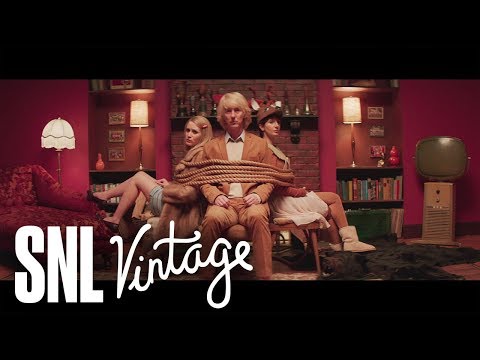
Of the many quotes cited from multiple sources, my favorite comes from Christopher Orr of the The Atlantic, saying Wes Anderson “was now so twee as to be twee proof.” Nathan is in full adoration mode, especially piling accolades atop of Anderson’s 2014 hit, “The Grand Budapest Hotel” (“visually and thematically, the fullest, richest, maddest and most successful expression of Anderson’s gifts).
Nathan shapes a chapter-length defense of Anderson’s “Isle of Dogs” (2018), which was accused by many film critics of Anderson committing cultural appropriation of Japanese culture. Nathan’s justification of Anderson’s choices is intriguing (he states that film history, even from Japanese filmmakers, is rife with cultural appropriation), his snarky rebuttal (“More controversy!” “Appropriations lie within appropriation!”) undermines his case.
Far more carefully, Nathan gently defends the hint of sexual attraction between two kids in Anderson’s “Moonrise Kingdom” (2012).
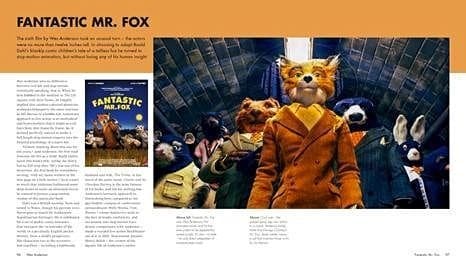
A number of inserts provides helpful guides to Anderson’s inspirations, film design, body of work and other subjects. The book also contains an insert in which train tracks illustrate the chronology of Anderson’s films. The latter is so in-depth it includes the commercials the filmmaker produced for the likes of IKEA and other products.
Nathan’s prose is more akin to film criticism than scholarly analysis, which sells short the integrity of the work. Clearly inspired by the fanciful nature of Anderson’s movies, Nathan gets self-consciously whimsical in his compositions. At one point, he writes, “There might be numerous flavors to choose from in the chocolate box of Anderson’s imagination.”
Another groaner is the ending of his otherwise thoughtful chapter on “Isle of Dogs” — “Fur real.”
Yikes.
The temptation to write a book about Anderson that reads like an Anderson film was too great for Nathan to avoid, and it subverts the value of the content. When the author sticks to his own voice, it’s a good read. Unfortunately, a failed attempt at miming the auteur feeling of Anderson isn’t Nathan’s sole misstep.
Murrays’ oft-cited quote on how he sometimes chooses movies where “you go down with the guys who don’t stand a chance,” is cited by Nathan as a “backhanded compliment,” when it clearly isn’t; Murray was talking as much about Anderson’s films as he was “Hamlet” (2000), “Get Low” (2009), “Broken Flowers” (2005) and all the other hard-to-pin-down films he made with visionary directors since his “Rushmore” renaissance.
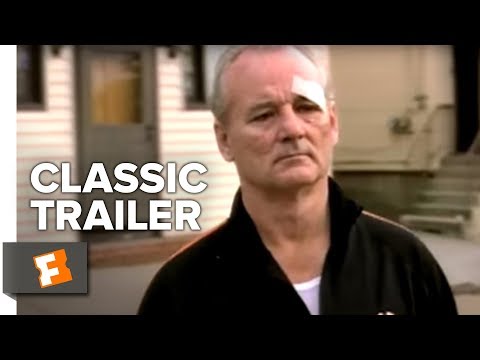
There’s also an obvious oversight that even the casual cult movie fan would observe.
Nathan mentions an anecdote of Anderson and Murray walking through Central Park and gathering followers along the way as inspiration for the final scene of “The Life Aquatic with Steve Zissou.”
That moment may have played a part, but it fails to mention how the end credit march of “The Adventures of Buckaroo Banzai: Across the Eighth Dimension” (1984) has identical staging (of course Anderson was paying homage, as Jeff Goldblum was in both films — Nathan should have noted this).
Speaking of “The Life Aquatic,” Nathan mentions twice the film’s low Rotten Tomatoes score (in order to contrast it with the high “Tomato Meter” reading for “The Grand Budapest Hotel”), a detail worthy of a TMZ spot.
Citing Rotten Tomatoes would make sense if the score of each Anderson film was printed, but Nathan oddly goes after Anderson’s Jacques Cousteau tribute (which, like his early films, was declared a great film by dozens of critics in spite of the poor box office).
RELATED: ‘Hitchock/Truffaut’ — Two Masters, One Essential Doc
When Nathan recognizes “Royal Tenenbaums” co-star Gene Hackman’s status as “one of America’s greatest actors,” he oddly mentions “The Poseidon Adventure” in the brief list of the actor’s accomplishments. It’s like bringing up how Robert De Niro was the star of “The Adventures of Rocky & Bullwinkle.”
On the other hand, Nathan wisely calls Anderson “a cultural magpie” and deems his films as personal collections of things he likes. The author chooses a quote from “Rushmore” to open the book, suggesting correctly that Anderson’s love is the equivalent to Max Fischer’s adoration of his school (“She’s my Rushmore, Max.”).
Nathan is at his best when he avoids editorializing and allows the reader to re-live the filmmaker’s early years, temperament (Anderson clearly was a great deal like Max Fischer in the 4th grade), cinematic inspirations and his approach to directing not being unlike that of an architect.
The first chapter, essentially about the making of Anderson’s debut film, “Bottle Rocket,” recalls Anderson’s amusing partnership with Owen Wilson, which began when they were college students in Austin, Texas. Whereas a more thorough book on a filmmaker’s life would follow the side figures with greater emphasis, the trajectory of Wilson’s career and that of other Anderson collaborators is only casually mentioned.
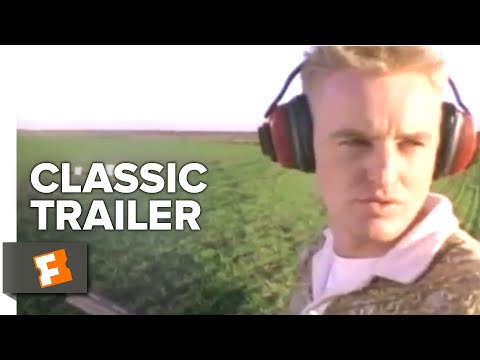
For a book so slickly packaged and exhaustively researched, there are some glaring errors that a good editor should have caught, namely how “The Grand Budapest Hotel” and “Isle of Dogs” are both referred to as Anderson’s ninth film (in large, bold letters, no less!).
Anderson’s 10 films thus far are described by Nathan as “brilliant, perplexing, idiosyncratic and pristine.” The book concludes with Nathan’s statement that Anderson is “arguably the most distinct director at work today.”
In your face, Terrence Malick!
“Wes Anderson: The Iconic Filmmaker and His Work” is far from definitive, though how could it be otherwise, with Anderson only 48-years old and 10 movies into his career?
A final chapter includes the making of Anderson’s forthcoming “The French Dispatch,” which Nathan apparently didn’t see (it reads like he has, until he finally owns up and states “this is clearly going to be Anderson’s most densely packed and structurally complex film”).
For cinephiles that can’t wait for the ultimate Anderson tome, this will do for now. However, accusations by Anderson’s detractors that his films are beautifully presented but lacking greater depth is also true of this book. It is highly likely that the greatest book ever written about the life and work of Wes Anderson will one day come from no less an authority than the man himself.
The post Review: Wes Anderson Tome Tries Too Hard to Mimic the Man Himself appeared first on Hollywood in Toto.



